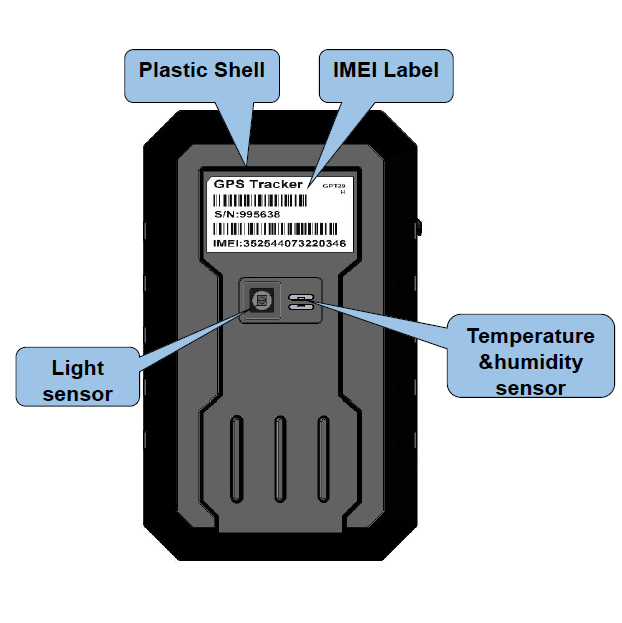Vehicle and various asset tracking solutions have seen gigantic shifts in recent years thanks to the Internet of Things (IOT). In this article we’ll explore some of the latest solutions global suppliers have launched and review how a typical tracking system works.
According to Eelinktech, a lot device manufacturer who is known to be the technology leader that moved first to make available supply chain condition monitoring to help organizations deal with the Coronavirus: the benefits of GPS and IOT technology combined are not to be discounted. They say that “in every supply chain the technology is used, it increases efficiency whilst lowering cost, with greater reliability and automation.”
Here are 7 things you may not have known about GPS and IOT tracking:
Industrial and personal use: Most manufacturers such as Eelinktech, Monogoto, Emerson and Soracom use similar platforms and technology for industrial and personal use. Often the key differentiator with industrial equipment is the scale it operates at and off course the durability and price of the equipment.
Typical operation: Usually, vehicle or asset sensors collect location data via GPS. A mobile data connection can then send the data to a set gateway while the vehicle moves. From there, data is sent to the cloud – containing several key variables. An application server then automatically compiles and sends a report to a designated mobile device for monitoring.
Demand is substantial: It is estimated that an excess of 50 billion connected devices are already used for vehicle tracking globally. It has grown at a speed exceeding 200% per annum, with no slowdown expected anytime soon.
Multiple tracking scenarios are possible: Personal tracking of specific individuals (where legally allowed), vehicle tracking and complete fleet management, as well as OEM/ODM services to produce custom, bespoke tracking solutions.
How fleet management can benefit: From in-vehicle camera streaming used for taxis and other assets, to freight management, tracking of VIP’s for chauffeur services, park-assist and monitoring driver compliance with the law are all possible thanks to GPS/IOT.
Realtime information and cost: By acting on information on the go and having very accurate assessments of costs pertaining to specific routes, companies can be safer and much more competitive than competitors who lack the required data.
How reliable are these systems?
One of the biggest claims by almost all suppliers of IOT/ GPS technology is that efficiency and reliability increases once these systems are deployed. Yet as with any technology there can off course be difficulties too: position servers may have connectivity issues from time to time, the status of devices may be offline, or devices may simply not be able to position for a long time. Position drift can also occur – as many people would often report from their Uber app as classic example. These are just normal day to day issues that one might face. For this reason, a supplier with great support is a key requirement.
Many more industries are now benefiting from IOT/GPS tracking:

So which industries are the main benefactors of the technology? In reality, imagination is the only limitation, as is clear from the already growing list of adopters:
Insurance: In cases where criminals interfere with GSM signals, it is still possible to use radio signals to ensure continuity. Therefore insurance companies and car retailers represent a huge market, particularly in countries where car theft is a concern.
Logistics: Certain food products, medicine and so forth, are time-sensitive and subject to HACCP compliance. Now, with IOT/GPS tracking, due diligence has been made a lot easier as transport providers can demonstrate compliance. Food delivery companies is a classic example of a sub type of logistical services that benefits tremendously from the technology.
Construction: Theft in construction is a notable issue. Let’s face it, sophisticated construction equipment is rather expensive. Yet with proper asset tracking, a major deterring factor is in operation that limits theft.
Farming: Whether it is for conservationists using “track and release” systems, or sophisticated farmers who keep track of the movement of herds – this technology makes it all possible. Naturally this is a giant leap for agricultural researchers too.
Conclusion:
We’re closely following AI disruption in many industries. In the case of GPS/IOT tracking, it is a disruptive wave that empowered various location-based services and businesses to excel in recent years. Now, the next question, is what will fast-moving companies do to stay ahead of the curve?
